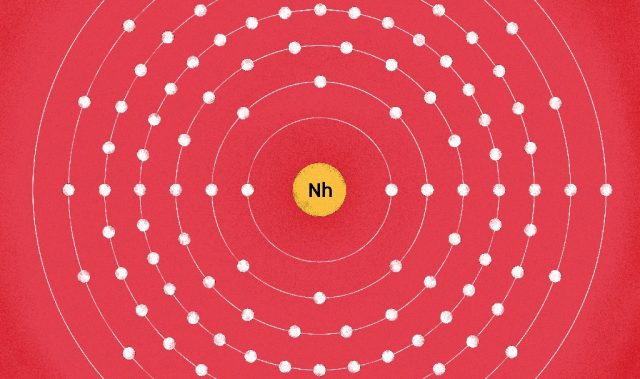Asian Scientist (Mar. 5, 2014) – Three South-East Asian countries are testing a new tool that will allow them to see if their energy policies will be effective in lowering carbon emissions in line with their national climate action plans.
Called the 2050 Pathways Calculator, the open-source modeling tool makes use of scientific data to allow users to visualize the impact of their emissions reduction plans. For instance, the calculator can help policymakers automatically estimate if their plan to increase the use of renewable energy sources will actually reduce greenhouse gas emissions and by how much.
The calculator can also be used in scenario building, to either plan out a low-carbon future or forecast the growth in emissions if current energy consumption or land use policies remain unchanged.

Indonesia, Thailand and Vietnam are now working on their own country-level calculators in partnership with the UK Department of Energy and Climate Change (DECC) which developed the app. The Philippines has also expressed interest in using it, according to Jan Kiso, senior policy advisor for DECC and a member of the team which developed the calculator model.
“It’s crucial for policymakers in Asia to use tools like the 2050 Calculator in developing their climate action plans, as rapid economic growth in the region has also boosted the use of fossil fuels that contribute to global emissions,” says Kiso.
Jesus Tamang, director of the energy and policy planning bureau of the Philippines’ Department of Energy, sees the calculator as “a simple yet powerful tool that will help the department gauge if an energy programme could impact on energy demand, supply and the sector’s emission level.”
Kiso notes that the calculator would give stakeholders — the public and private sectors, NGOs, academia and the general public — a better chance to understand the choices and trade-offs that come with the commitment to reduce carbon emissions.
“This facilitates debates that are based on numbers and science-based evidence,” he stressed.
——
Source: SciDev.Net; Photo: Jakeandlindsay/Flickr/CC.
Disclaimer: This article does not necessarily reflect the views of AsianScientist or its staff.











